This post may contain affiliate links which means I will get a commission if you make a purchase at no additional cost to you. As an Amazon Associate I earn from qualifying purchases. Please read my disclosure for details.
Did you know that the layout of a restaurant menu isn’t random? In fact, restaurants strategically place their most profitable dishes in what industry insiders call the “Golden Triangle” – the top right corner, middle, and top left corner of the menu – where your eyes naturally gravitate first.
From psychological pricing tactics to carefully crafted dish descriptions, restaurants employ dozens of subtle techniques to influence your dining choices and spending habits.
These strategic marketing approaches have been refined over decades of research and real-world testing, transforming the simple act of ordering into a carefully orchestrated experience.
Strategic Menu Design and Layout

WANT TO SAVE THIS RECIPE?
Restaurants carefully place high-profit dishes in the “Golden Triangle” – the top right corner, middle, and top left corner of menus – where customers look first. They limit menu categories to 7-10 items to prevent choice overload.
According to menu design tips, white space and borders draw attention to specific dishes, while profitable items appear at the tops and bottoms of lists to increase selection probability.
Related Post: 13 Deceptive Marketing Tricks Food Companies Use to Mislead You
Decoy Pricing and Menu Engineering
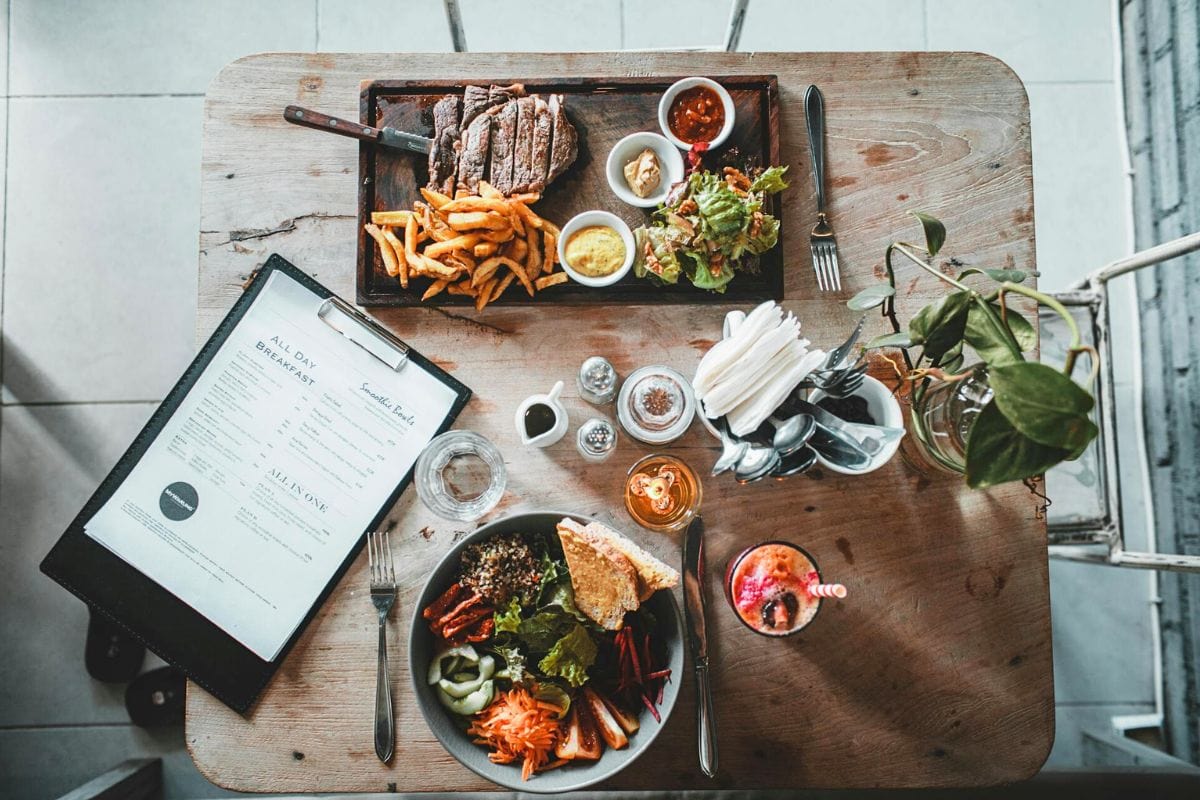
Restaurants strategically add expensive items to their menus to make other dishes appear more affordable. When customers see a $75 steak, the $35 pasta dish seems reasonable by comparison.
Many establishments also use portion size “bracketing,” offering small and large options without specific amounts. Menu engineering helps identify which items bring the highest returns, allowing restaurants to position these selections near costly alternatives.
Related Post: 10 Banned Food Ingredients That Are Still Legal in the US
Descriptive Language and Appetizing Dish Names

Restaurant menus employ specific terms to make dishes more appealing. Simple chicken becomes “farm-raised herb-roasted chicken” while basic pasta turns into “hand-crafted artisanal linguine.”
Studies show that descriptive words to describe dishes can increase sales by up to 27%. Menu writers add regional references and cooking methods to create emotional connections – “Grandma’s Sunday Gravy” or “Slow-Simmered Country Stew” remind customers of home-cooked meals.
Related Post: 9 Alarming Ways Ethnic Cuisines Are Being Misrepresented in Modern Food Culture
Limited-Time Offers and Seasonal Specials

Restaurants boost sales through limited-time offers, marking dishes as “available while supplies last” to prompt quick decisions. Seasonal menus align with customer preferences – light salads in summer, hearty stews in winter.
Daily specials create an impression of freshness and scarcity, while “Chef’s Special” labels suggest exclusivity. Time-based promotions like “Early Bird” discounts fill tables during slow periods.
Related Post: 13 Shocking Food Industry Secrets That Will Change How You Eat Forever
Upselling Techniques by Servers

Restaurant servers receive specific training to recommend additional items at key moments. When a drink reaches half-empty, servers ask about refills.
Staff learn to upselling techniques in restaurants suggest appetizers that pair well with main courses, using phrases like “Would you like to try our bruschetta?” or “Have you considered starting with our signature soup?” These small suggestions often lead to larger checks.
Sign up now to receive our exclusive e-cookbook filled with top-rated recipes for FREE!
Ambiance and Atmosphere Manipulation

Restaurant owners use music to affect spending patterns – classical tunes often lead to higher bills, while fast-tempo songs speed up table turnover.
Lighting levels change throughout the day: bright for lunch service, dim for dinner to extend meal times. Restaurant layouts guide traffic flow past high-profit areas, while sensory marketing tactics match menu prices and expected guest behavior.
Related Post: 7 Points That Challenge the Premium Price of Organic
Pricing Psychology
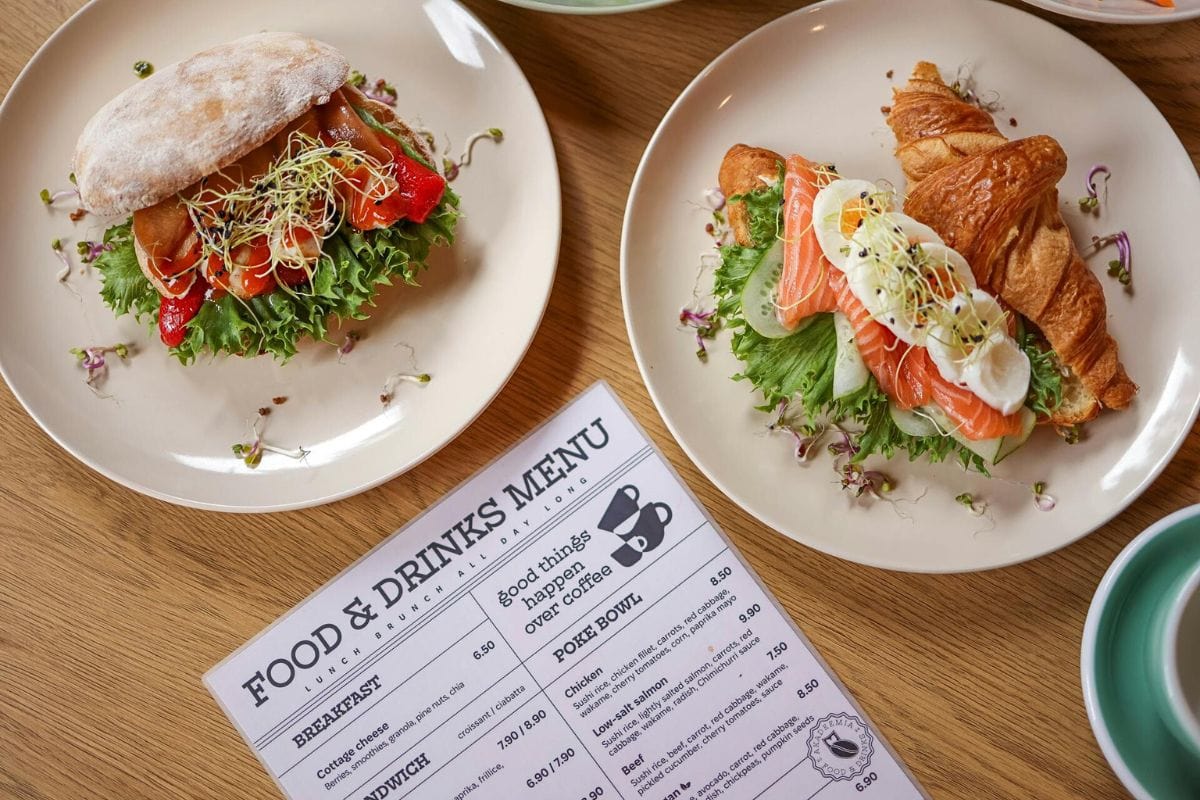
Restaurants remove dollar signs from menus to reduce price awareness – showing “12” instead of “$12.00.” This simple change can increase average check size by up to 8%. Many establishments use whole numbers rather than decimals to minimize price focus.
Higher-end restaurants often list prices without cents, as “.99” pricing suggests value rather than quality. According to pricing psychology tactics, customers spend more when currency symbols are absent.
Related Post: 10 Ingredients That Are Secretly in Your Food but Aren’t on the Label
Bundled Meal Deals and Combos
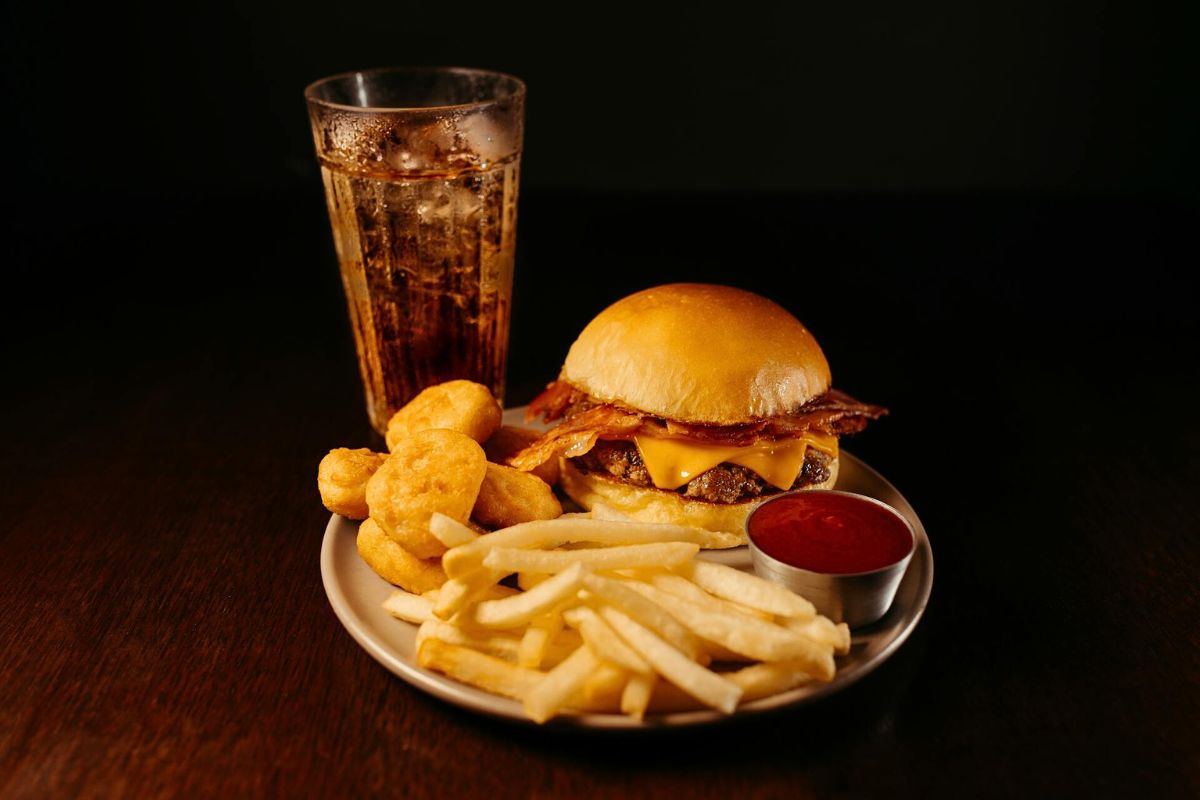
Restaurants package items together to make customers spend more while feeling they save money. A $15 burger becomes a $20 meal deal with fries and a drink – increasing the check size while appearing cost-effective. Studies show diners select combo options 35% more often than individual items.
Many establishments provide complimentary bread with meals to set up additional purchases. Many establishments pair high-margin items like sodas with lower-profit main dishes to balance their returns.
Related Post: 12 Cheap Ingredients That Make Your Homemade Meals Taste Expensive
Strategic Placement of High-Profit Items
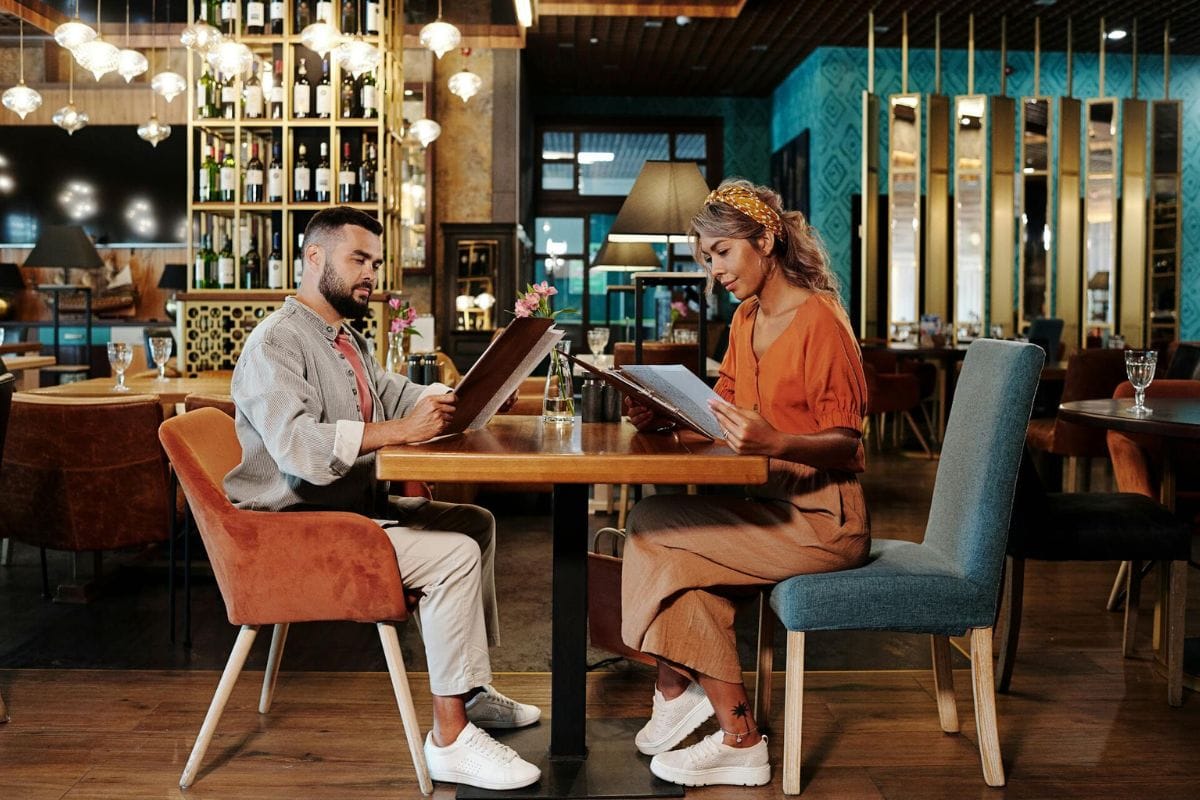
Restaurants position their most profitable dishes where customers look first – the top right corner, center, and top left corner of menus. This “Golden Triangle” pattern matches natural eye movement.
Menu design tips use boxes and visual markers to spotlight specific items, while keeping profitable options at the start and end of each section. Physical menus often feature profitable dishes in the upper right quadrant, where eyes first land.
Related Post: 7 Reasons High-End Restaurants Overcharge You
Use of Colors and Visuals on the Menu
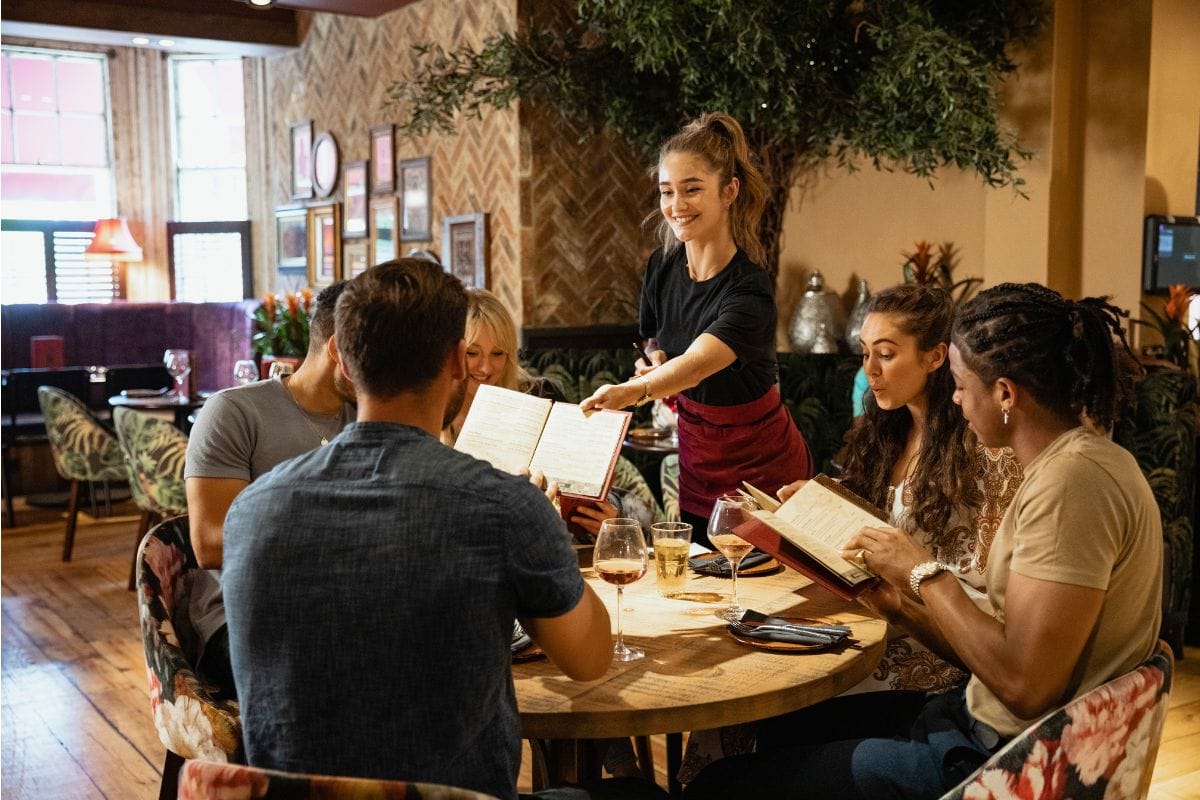
Red and yellow colors on menus make food appear more appetizing and influence customer choices. Quality food photos, when used sparingly, increase item sales by up to 30%. High-end restaurants often opt for simple sketches or illustrations rather than photos to maintain an upscale feel.
Sign up now to receive our exclusive e-cookbook filled with top-rated recipes for FREE!
Offering Complimentary Items
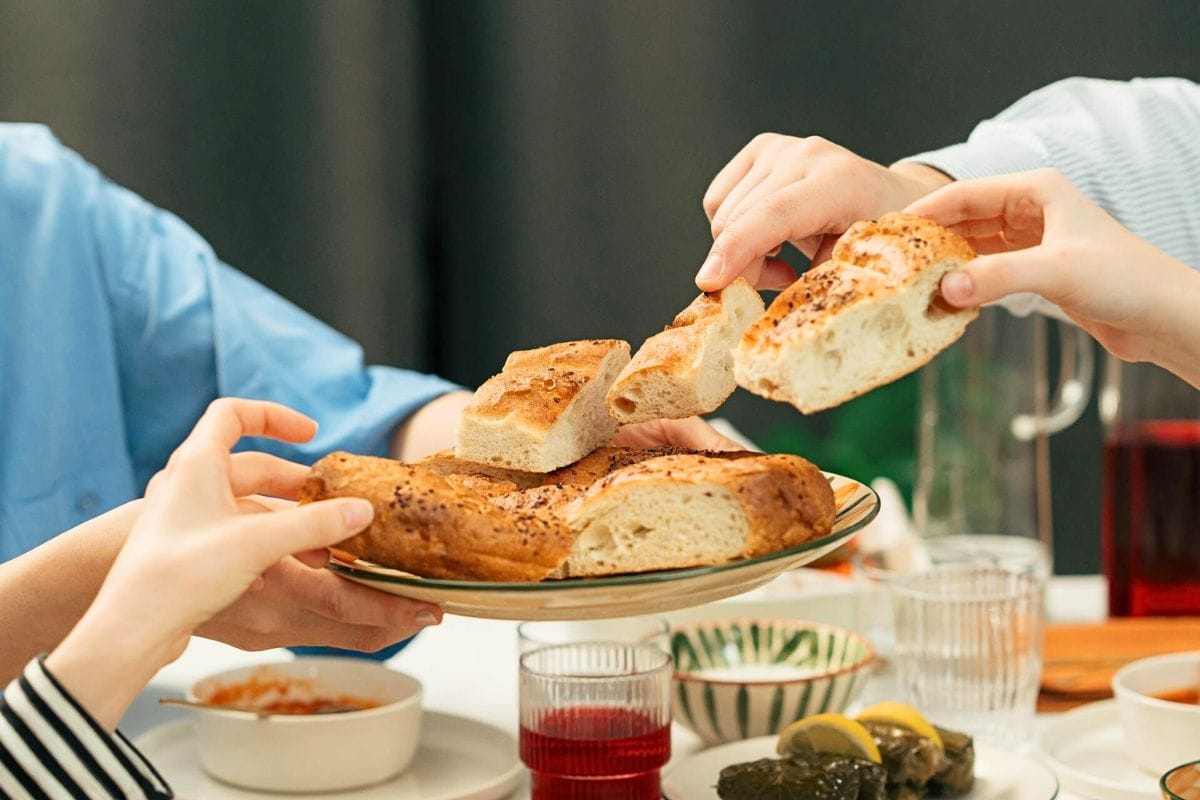
Many restaurants provide free bread, chips, or small appetizers before meals, a practice that often results in higher drink orders and larger food purchases.
The salt in these items makes customers thirstier, leading to increased beverage sales. Small extras like bite-sized samples or amuse-bouche create positive feelings toward the establishment while setting expectations for portion sizes and quality.
Related Post: 13 Shocking Fast Food Items That Pack More Sugar Than Your Favorite Candy Bar
Creating Scarcity with ‘Limited Availability’ Dishes
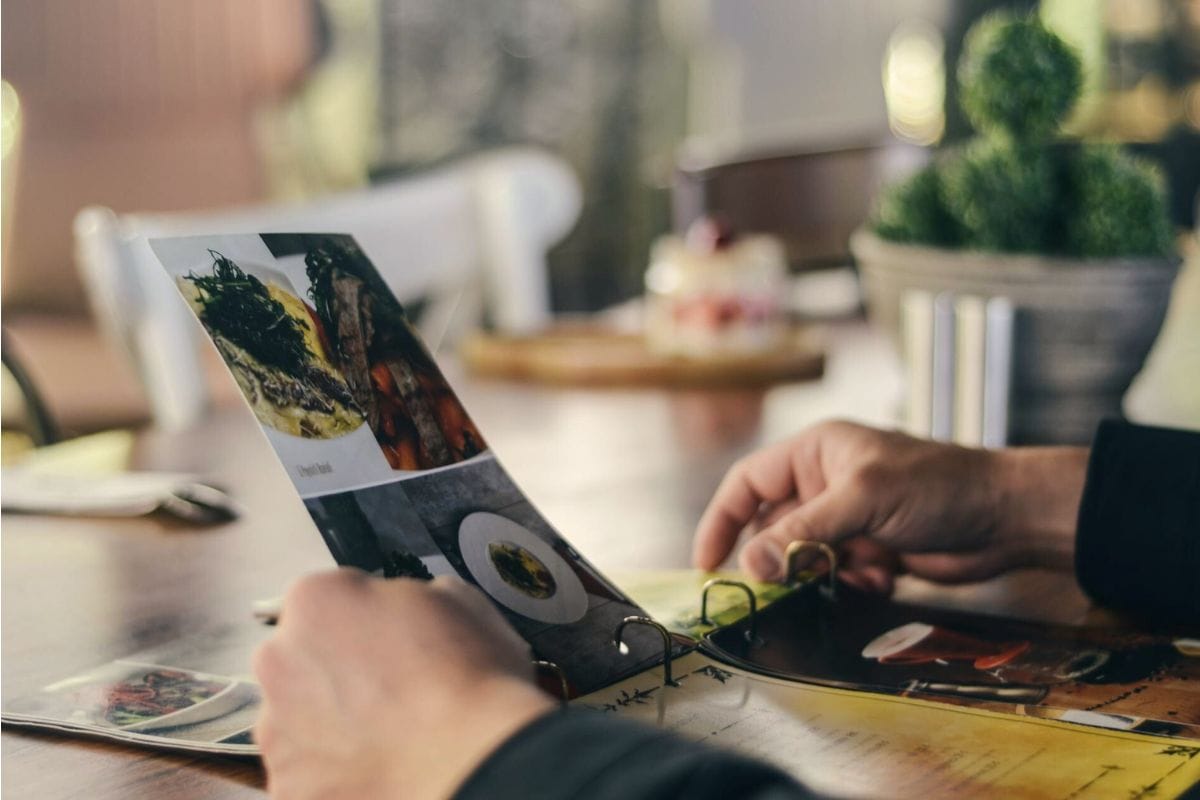
Restaurants mark select menu items as “catch of the day” or “chef’s special” to suggest limited quantities. When servers mention “only three portions left” of a particular dish, it often prompts quick ordering decisions.
Establishments highlight rare ingredients or seasonal items – “wild-caught salmon” or “local truffles” – to emphasize their temporary availability. Limited-time offers like “today only” or “while available” create immediate buying pressure.
Related Post: 12 Grocery Store Perks Boomers Had That Are Gone Today
Happy Hour and Time-Based Promotions

Restaurants attract customers during quiet periods by offering discounted drinks and appetizers from 4-6 PM. These promotions fill seats that would otherwise remain empty.
Many establishments create distinct menus for different times – lunch specials target business crowds, while late-night deals appeal to post-event diners. “Early Bird” discounts from 5-6 PM specifically draw budget-conscious seniors and families. Off-peak pricing often includes two-for-one drinks or half-price small plates.
Related Post: 14 Food Industry Secrets That Will Make You Question What You Buy
Appealing to Senses
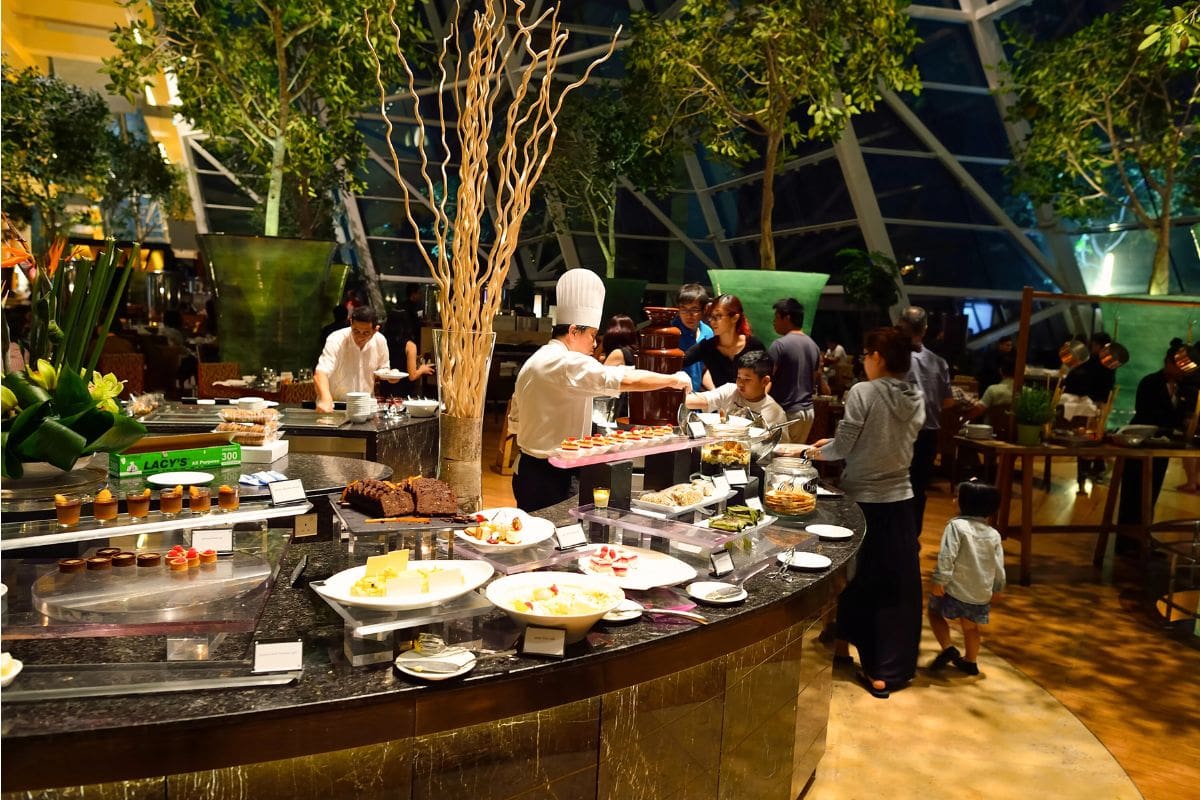
Open kitchens let customers watch food preparation, building trust and anticipation. Restaurants send out sizzling plates and aromatic dishes like fajitas through dining rooms to spark interest from other tables.
Table-side food preparation, such as flambéing desserts or carving meat, creates visual interest and often leads nearby diners to order these items. Sensory marketing to enhance customer experience through scents from fresh-baked bread and grilled items signal quality and freshness to customers.
Related Post: 8 Everyday Foods Facing Higher Prices Under Trump’s Tariffs
Loyalty Programs and Rewards Cards
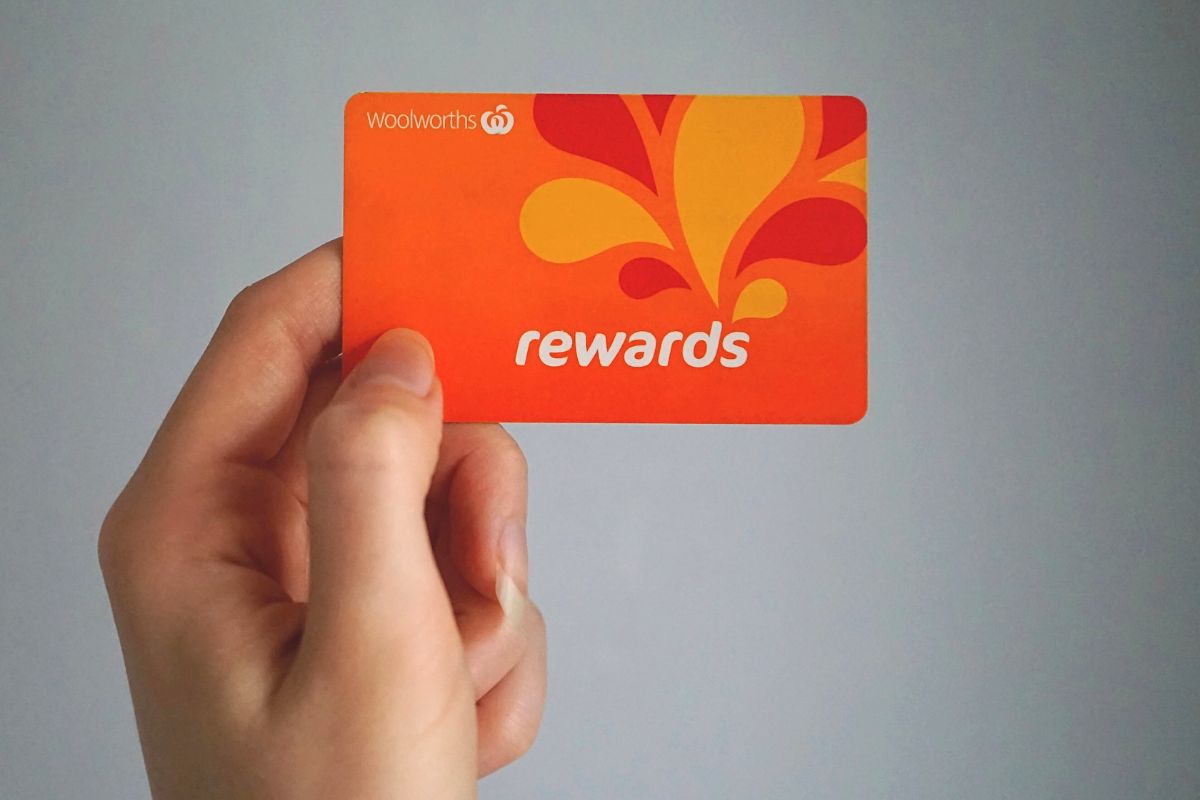
Restaurants track customer spending through point systems, offering credits for each dollar spent. Members receive bonuses after reaching set thresholds – like $10 back on $100 spent. Many establishments send birthday gifts and special offers based on past orders.
Related Post: 15 Sneaky Corporate Tricks That Make You Spend More Without Realizing
The Art of Restaurant Psychology

Behind every menu design, complimentary bread basket, and “limited-time offer” lies a carefully considered strategy aimed at maximizing both customer satisfaction and restaurant profits.
These psychological and marketing techniques have become standard practice in the restaurant industry, shaping how millions of people dine and spend. Understanding these common restaurant tricks doesn’t diminish their effectiveness – even industry insiders still respond to these proven tactics.
However, being aware of these strategies can help diners make more conscious choices about their dining experiences and spending habits.
Sources:
- “How to Increase Customer Spend at Your Restaurant” – IndoorMedia
- “The Psychology of Menu Design: Influencing Customer Choices” – Orders.co
- “Menu Engineering: Using Psychology to Increase Profits” – WebstaurantStore
- “30 Ways Restaurants Trick You Into Spending More Money” – GOBankingRates
- “11 Psychological Tricks Restaurants Use To Make You Spend More Money” – ServeItUpSafe
- “The psychology of menu design: Influencing customer choices” – Grafterr
- “Neuro-Menus and Restaurant Psychology” – Neuromarketing
- “15 Tricks Restaurants Use to Make You Spend More” – YouTube
- “Restaurant Menus Are Designed To Trick You Into Spending More Money” – Delish
- “4 Must-Have Menu Design Features to Satisfy Customers” – ChefStore
Disclaimer: This list is solely the author’s opinion based on research and publicly available information.
12 Healthy Comfort Foods That Boomers Would Love
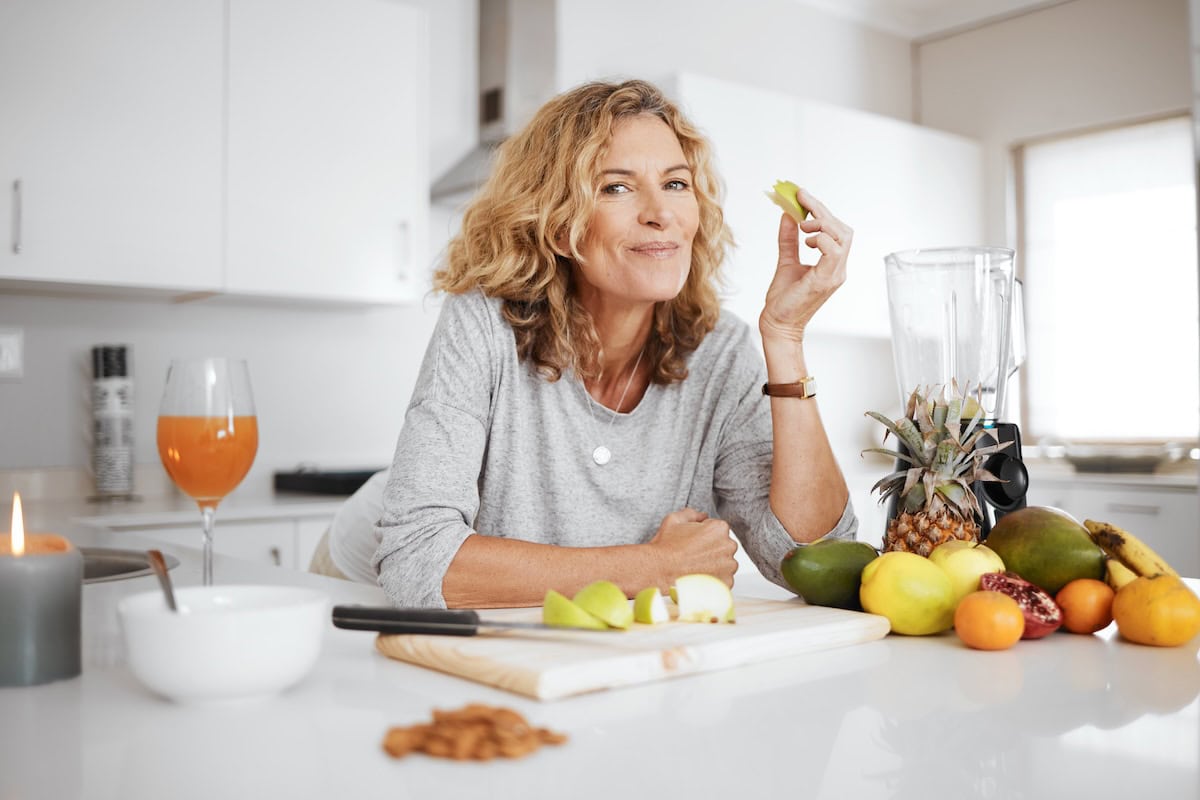
Comfort food is often associated with indulgence, but it doesn’t have to be unhealthy. For baby boomers, finding meals that are both satisfying and nutritious is essential for maintaining a healthy lifestyle.
Read it here: 12 Healthy Comfort Foods That Boomers Would Love
12+ Leftover Recipes So Good, You’ll Forget They’re Leftovers

Don’t let your leftovers go to waste! With a little creativity, you can transform yesterday’s meals into fresh, exciting dishes. From hearty soups to flavorful stir-fries, these recipes will help you stretch your ingredients while keeping things delicious. Here are 12+ recipes that breathe new life into leftovers.
Read it here: 12+ Leftover Recipes So Good, You’ll Forget They’re Leftovers
The 15 Worst Snacks Consumers Are Still Buying
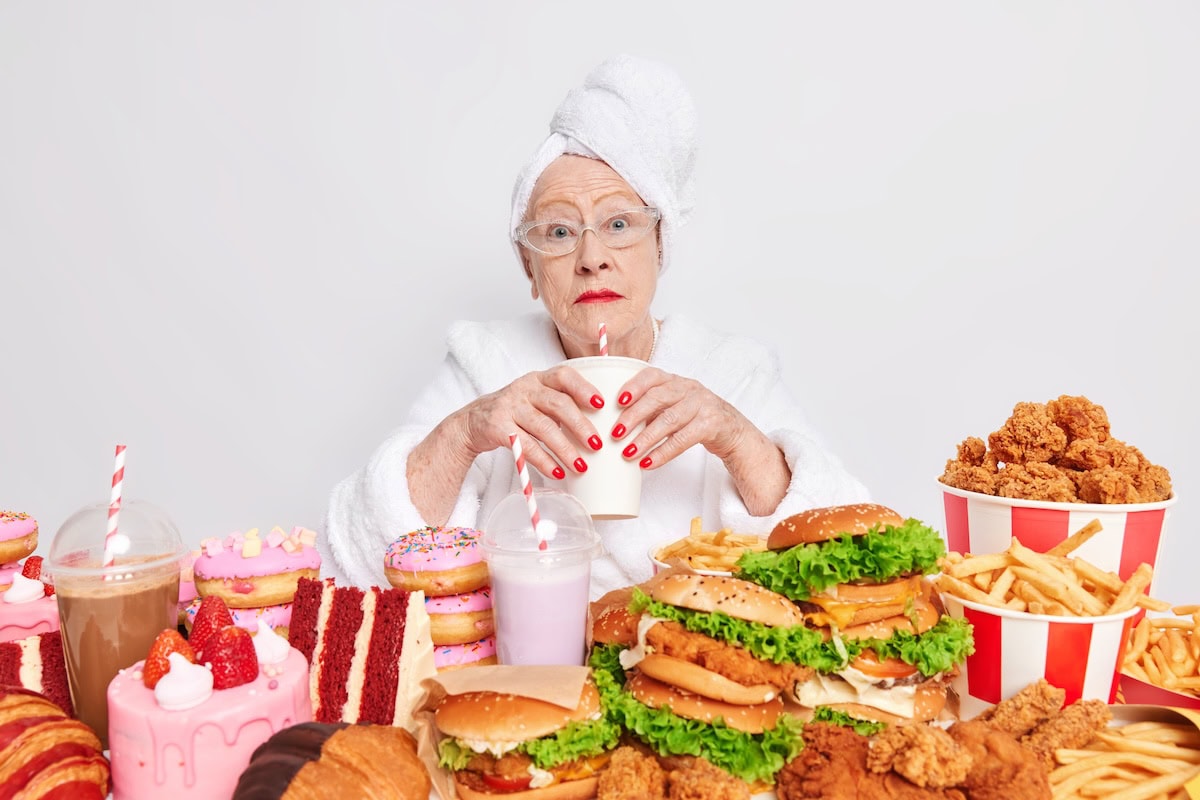
While snacking habits have evolved over the years, some nostalgic favorites from the past still linger on grocery lists. Unfortunately, many of these snacks are loaded with sugar, unhealthy fats, and artificial ingredients that don’t do our health any favors.
Read it here: The 15 Worst Snacks Consumers Are Still Buying
Is Walmart+ Still Worth It in 2025? The Truth After 3 Years

Could you be missing out on major savings and life-changing convenience? After three years with Walmart+, I’m sharing the honest truth about what’s worth it—and what’s not. Don’t sign up (or skip out!) without reading this first!
Read it here: Is Walmart+ Worth It? Honest Review 3 Years Later!
You’ll love these related posts:
- Viral TikTok Baked Sushi Recipe – Tastes Better Than You Think!
- 25 Cheap Family Dinners So Filling, Everyone Will Leave the Table Happy
- 30+ Charcuterie Board Ideas That Prove You’ve Been Doing It All Wrong!
- 15 Genius Ways to Add More Protein to Meals Without Breaking the Bank
- 12 Budget-Friendly Recipes That Stretch Your Grocery Dollar
